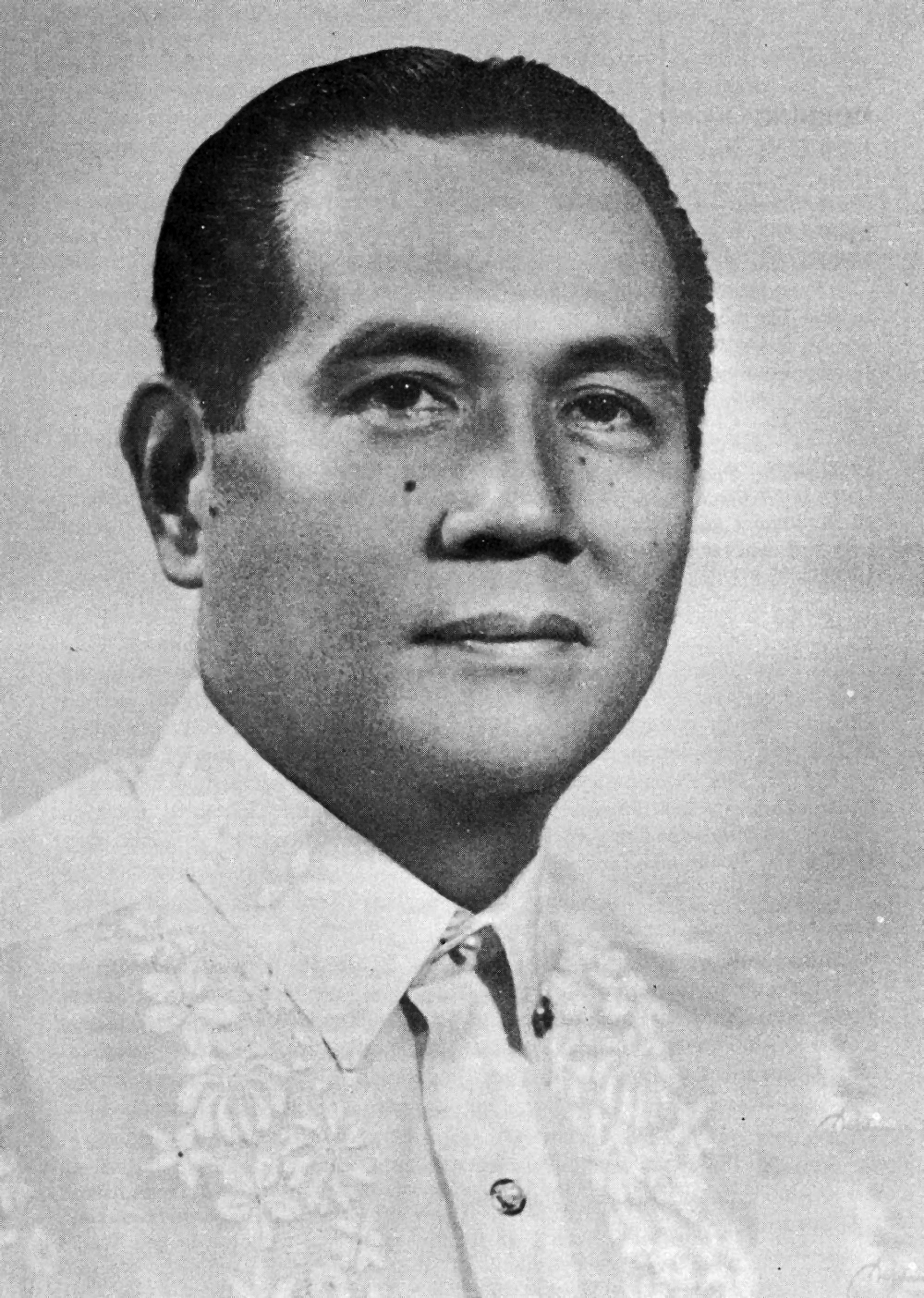|
1962 In The Philippines
1962 in the Philippines details events of note that happened in the Philippines in the year 1962. Incumbents * President: Diosdado Macapagal ( Liberal) * Vice President: Emmanuel Pelaez ( Liberal) * Chief Justice: César Bengzon * Congress: 5th ''(starting January 22)'' Events February * February 16 – Caloocan becomes a city in the province of Rizal through Republic Act No. 3278. May * May 12 – Diosdado Macapagal changed the date of the commemoration of Philippine Independence from July 4 to June 12. Holidays As per Act No. 2711 section 29, issued on March 10, 1917, any legal holiday of fixed date falls on Sunday, the next succeeding day shall be observed as legal holiday. Sundays are also considered legal religious holidays. Bonifacio Day was added through Philippine Legislature Act No. 2946. It was signed by then-Governor General Francis Burton Harrison in 1921. On October 28, 1931, the Act No. 3827 was approved declaring the last Sunday of August as National ... [...More Info...] [...Related Items...] OR: [Wikipedia] [Google] [Baidu] |
Philippines
The Philippines, officially the Republic of the Philippines, is an Archipelagic state, archipelagic country in Southeast Asia. Located in the western Pacific Ocean, it consists of List of islands of the Philippines, 7,641 islands, with a total area of roughly 300,000 square kilometers, which are broadly categorized in Island groups of the Philippines, three main geographical divisions from north to south: Luzon, Visayas, and Mindanao. With a population of over 110 million, it is the world's List of countries and dependencies by population, twelfth-most-populous country. The Philippines is bounded by the South China Sea to the west, the Philippine Sea to the east, and the Celebes Sea to the south. It shares maritime borders with Taiwan to the north, Japan to the northeast, Palau to the east and southeast, Indonesia to the south, Malaysia to the southwest, Vietnam to the west, and China to the northwest. It has Ethnic groups in the Philippines, diverse ethnicities and Culture o ... [...More Info...] [...Related Items...] OR: [Wikipedia] [Google] [Baidu] |
Independence Day (Philippines)
Independence Day (; also known as ''Araw ng Kalayaan'', "Day of Freedom") is a national holiday in the Philippines observed annually on June 12, commemorating the declaration of Philippine independence from Spain in 1898. Since 1978, it has been the country's National Day. History The earliest recorded event related to the holiday was when Andres Bonifacio, along with Emilio Jacinto, Restituto Javier, Guillermo Masangkay, Aurelio Tolentino, Faustino Manalak, Pedro Zabala, and few other Katipuneros went to Pamitinan Cave in Montalban (now Rodriguez, Rizal) to initiate new members of the Katipunan. Bonifacio wrote ''Viva la independencia Filipina!'' or ''Long Live Philippine independence'' on walls of the cave after the Spanish discovery of the revolutionary group. Bonifacio also led the Cry of Pugad Lawin, which signals the beginning of the Philippine Revolution. Members of the Katipunan, led by Bonifacio, tore their community tax certificates (''cedulas personales'' ... [...More Info...] [...Related Items...] OR: [Wikipedia] [Google] [Baidu] |
Tydings–McDuffie Act
The Philippine Independence Act, or Tydings–McDuffie Act (), is an Act of Congress that established the process for the Philippines, then a US territory, to become an independent country after a ten-year transition period. Under the act, the 1935 Constitution of the Philippines was written and the Commonwealth of the Philippines was established, with the first directly elected president of the Philippines. (Direct elections to the Philippine Legislature had been held since 1907.) It also established limitations on Filipino immigration to the United States. The act was authored in the 73rd United States Congress by Senator Millard E. Tydings ( Dem.) of Maryland and Representative John McDuffie ( Dem.) of Alabama, and signed into law by President Franklin D. Roosevelt. Provisions The Tydings–McDuffie Act specified a procedural framework for the drafting of a constitution for the government of the Commonwealth of the Philippines within two years of its enactment. The ac ... [...More Info...] [...Related Items...] OR: [Wikipedia] [Google] [Baidu] |

